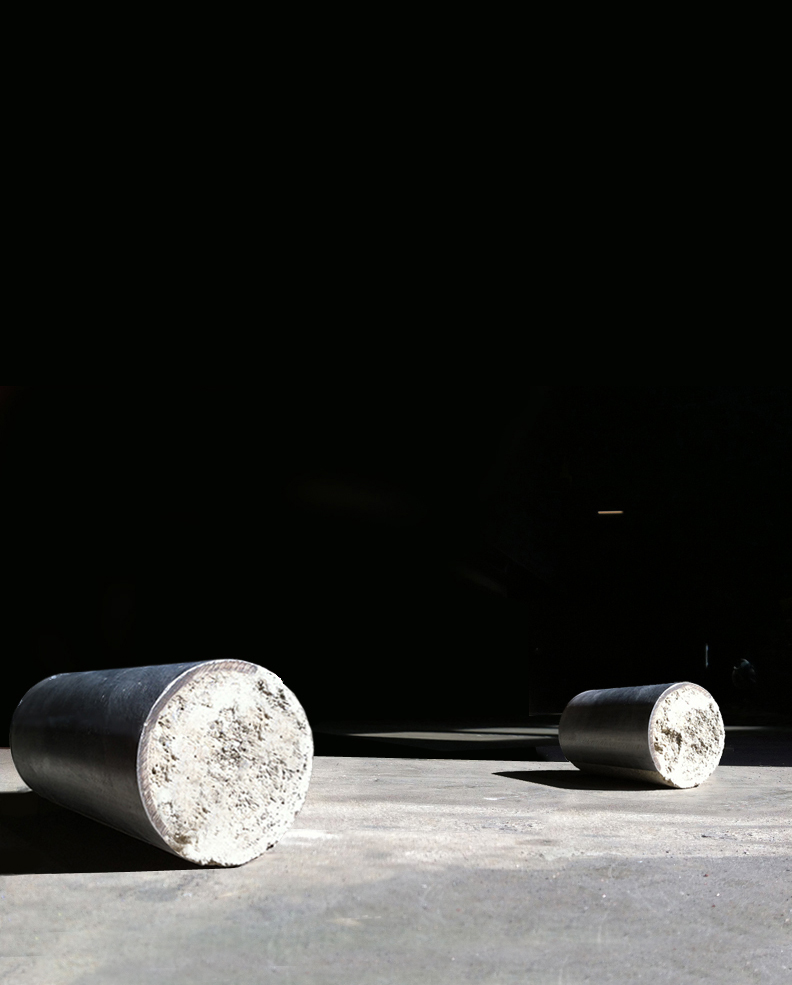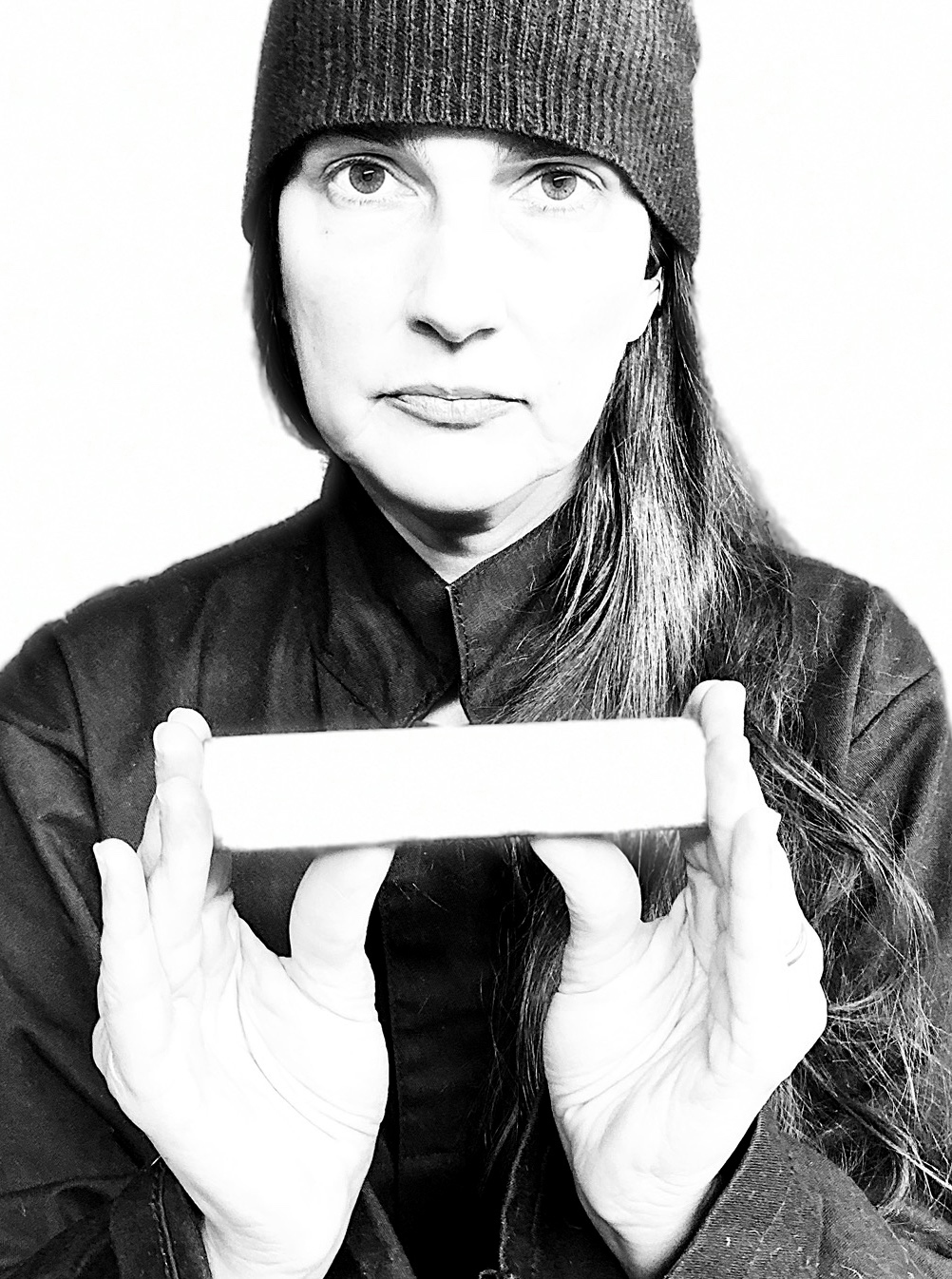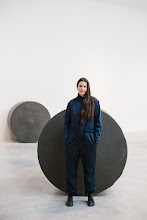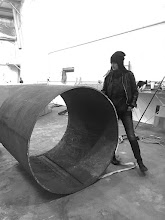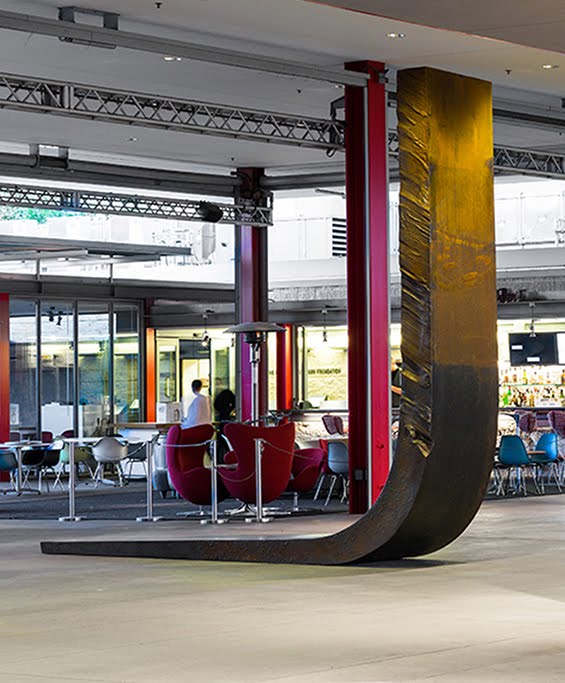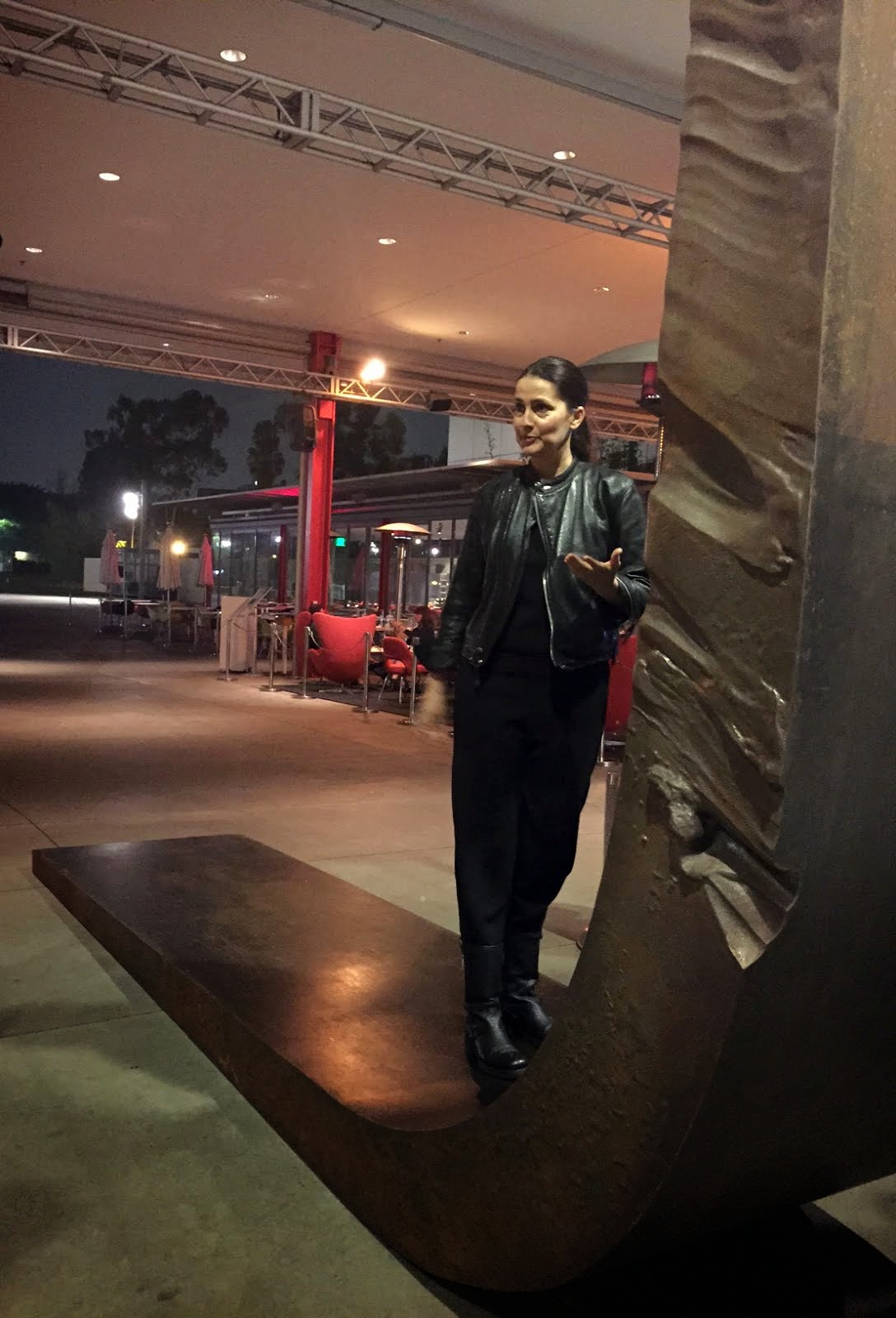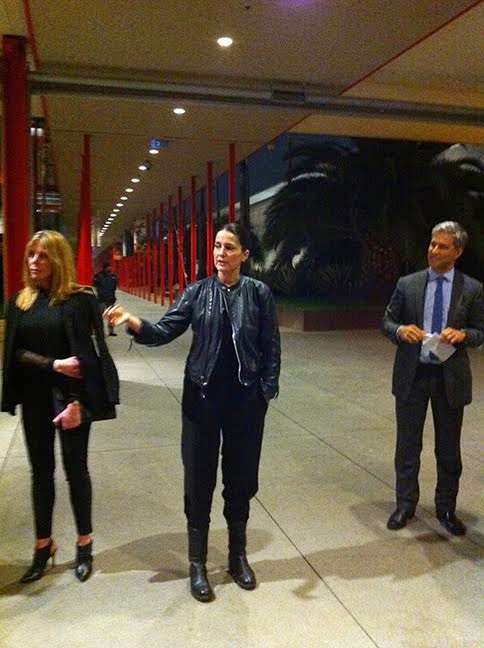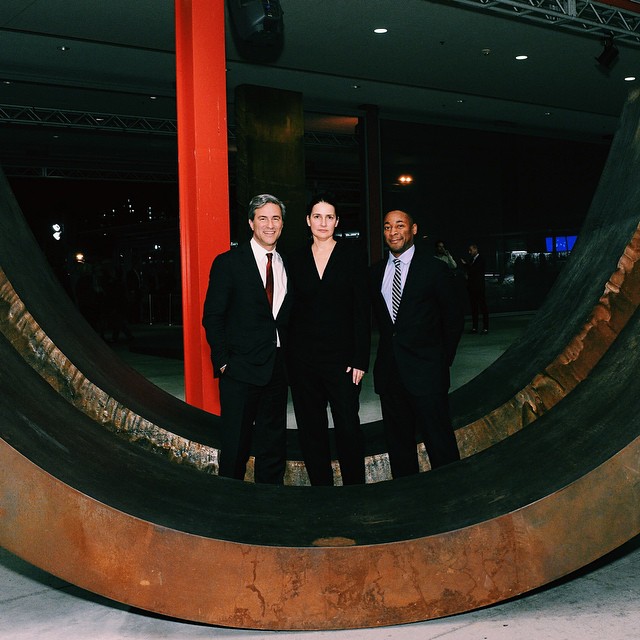"There are times in science when progress can only be made by revolutionary ideas" Nobelprize.org
If matter is never truly created or destroyed, just as its equivalent, energy, but merely changes or re-arranges form from one state to another––any state of matter then is transformation, a transfer of information or potentia (as Aristotle termed it) and with this, what part does our sight and touch play as we are not simply witnesses to but inextricably "of" this––and yet the unaided human eye takes a seat at such a surface level of matter's seeming creation and destruction. Is this deeply ingrained Cartesian philosophical split of mind and matter? What do we "see" with our sense of sight? How is what we see the role of observer and participant in the state of matter? If sight is the resulting perception of visible light that reaches our eye but perhaps even more so the unconscious inference that requires well-known assumptions and patterns based on prior visual experience of the world––the conscious awareness of this and experiences with abstract unknowns can experiment with the resulting perceptions of sight and touch. Perhaps the human brain over the next millenia evolves our somatosensory and other neurological systems––in the meantime, our sense of "knowing" may be a tool into investigating the senses more fully––developing physical senses to the larger base reality of mass and energy––developing another awareness; this is the great opportunity of Art.
In the early spring of 2001, my use of paper, board or canvas as a choice in the immediate dispersal of an idea waned––the preparation of its substrate, a former ritual to the developing blueprint, grew to an almost full disregard of the "vehicleness" of the 2-dimensional plane. Accidental rips, stains, or eventual dissolvement/age of the 2D vehicle brought more intensity to the insistence of the idea at its 2D surface---further dimension(s) were needed. This was reinforced by a complete fascination with the paint itself and how it transformed into another image––every tool, every substrate felt all the more transitory.
The transition into Form, Sculpture was driven by the "existence" of the idea––what if anything is indestructible within any idea. If drawing a Form on paper, the stroke of the charcoal focuses on this––the destructible and the indestructible nature of Form. The stroke of this charcoal line then is similar to a momentary stroke of light in a darkened room.
One of the many reasons science enters my studio is its demand of a simple fundamental persistent openness, a budding thought and this is to remain open to the fact that measurements on the smallest elementary particle level do not bring completely objective results. This point can be as well argued as sustained however regardless of the ouroboros intellectualizing as to what is ever truly objective––this provocational thought reduced to its simplest seed renders one with a tiny mysterious openness and unknown which should be an extension to each of our physical human senses. This again is the great opportunity of Art.
A small openness that desires no answer other than remaining open to what determines what is––this pause in perception in the larger arenas of mass, like with Art, frees the addiction of collapsing all perception immediately into definition, into complete objectivity; again, this demands another awareness––a development of one's sense of the unknown.


